

William Stopford
The cars revealed in 2025 we wish would come to Australia
16 Hours Ago

Journalist
The Ford Explorer has been reborn with a smaller body, electric-only drivetrains, and a distinct European accent.
The new Euro Explorer is the first of two confirmed vehicles from the Blue Oval to be based on the all-electric Volkswagen MEB architecture. The other is a “coupe” version, which rumours suggest will be known as the Explorer Sport.
Production of the Explorer EV will take place in Cologne, Germany, previously home to the Fiesta. It’s unclear if the European Explorer will be sold outside the region.
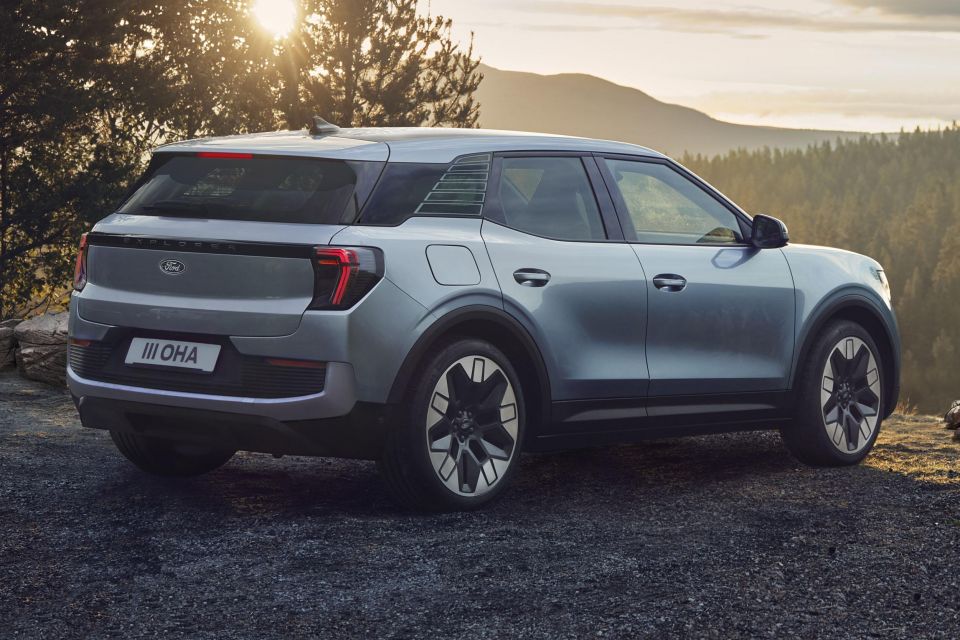
Measuring 4460mm long, the Explorer EV is shorter than the related Volkswagen ID.4 crossover (4584mm), but longer than the Volkswagen ID.3 tall hatch (4262mm). It’s also shorter than Ford’s own Escape/Kuga, which measures just over 4.6m long.
Unlike the ID.4, which is dominated by round, organic shapes, the Explorer is a boxier affair softened with rounded corners and surfaces.
The overall shape is meant to evoke that a proper off-roader, while design details, like the headlight and tail-light shapes are very similar to the full-size petrol-powered Explorer that will continue in the US.
Both the name of the car and its styling reflect a deliberate attempt to mine the company’s American heritage, and give the brand a unique position in the European marketplace.
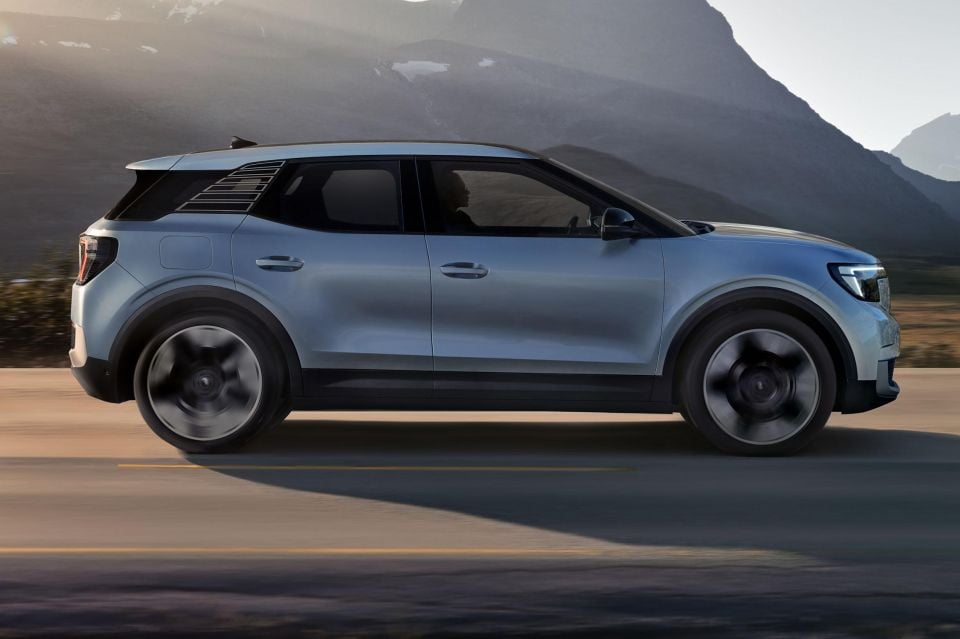
Initially the Explorer EV will offered with two single-motor rear-wheel drive options with either 125kW or 210kW available.
The top-spec model will feature a two-motor all-wheel drive setup with a combined output of 250kW and 545Nm. That’s more than in any current production car based on the MEB architecture, and could be the same system destined for the Volkswagen ID.Buzz GTX people mover.
A sub-6.0 second 0-100km/h time is promised for the most powerful Explorer EV variant.
Battery capacities have yet to be revealed, but it’s widely expected that 52kWh and 77kWh units will be used. Ford says the most efficient variant will have a WLTP driving range of 509km between charges. DC charging speeds will likely top out at 170kW.
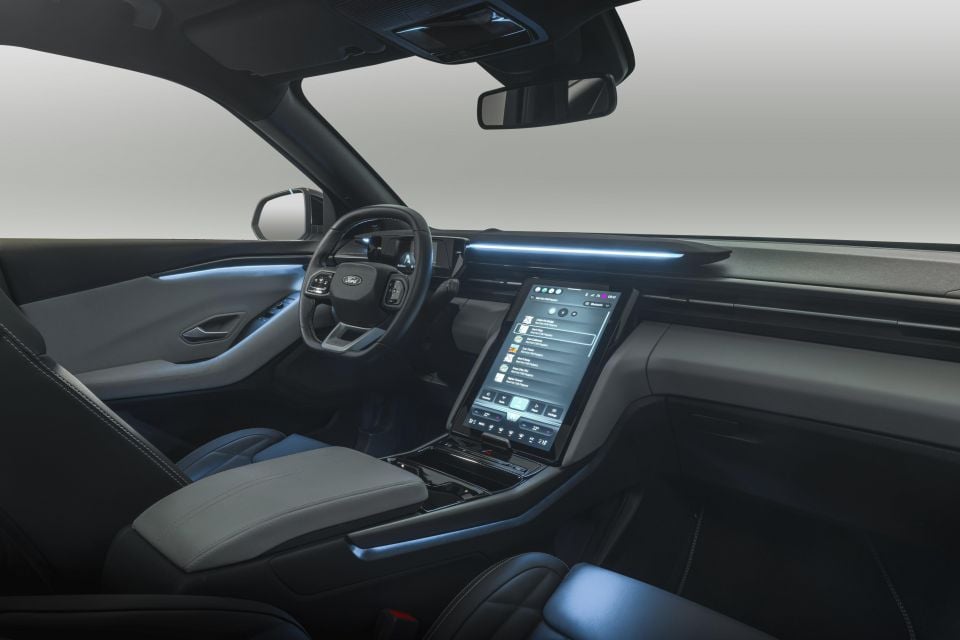
Like other MEB-based vehicles, the Explorer EV doesn’t have a “front trunk” or any type storage under the bonnet. Despite this, Ford claims the flat floor and all-electric architecture mean interior space is on par with larger vehicles with internal combustion engines.
There’s said to be 450L of boot space with the rear seats up, and 1400L when they are folded down. The boot includes a “secret” load area under the floor. A 17L “megaconsole” lives between the two front seats, and can comfortably swallow a laptop.
Just like the exterior, the interior has a completely different design from its Volkswagen cousins, although the instrumentation binnacle — with its small fully digital screen — seems to be same unit present on many MEB vehicles.
There are also capacitive buttons on the steering wheel, and capacitive volume controls under the touchscreen.
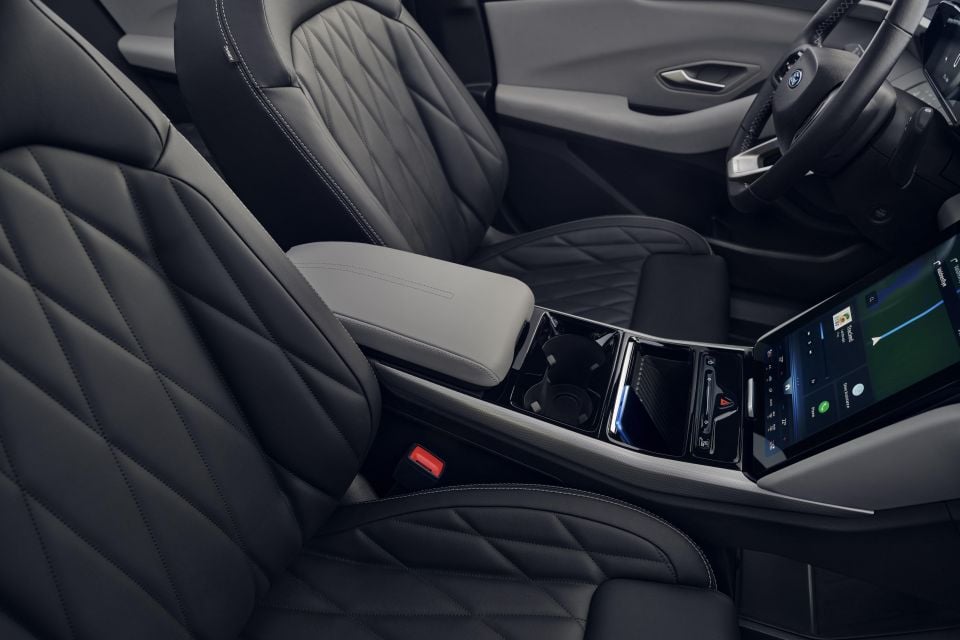
Ford is hoping the large portrait-oriented 14.7-inch touchscreen, dubbed Sync Move, will entice tech-savvy customers to give the Explorer a try. It can be electrically stood upright, or reclined 30 degrees to be operated more easily while one’s arm is on the arm rest.
The screen also features a permanent strip of climate controls at the bottom of the screen, fixing one of the main bugbears of recent Volkswagen Group EV products.
Other available features include massaging front seats, lane change assist, keyless entry, a hands-free tailgate, and warning alerts to prevent the doors being opened into the path of bike riders.
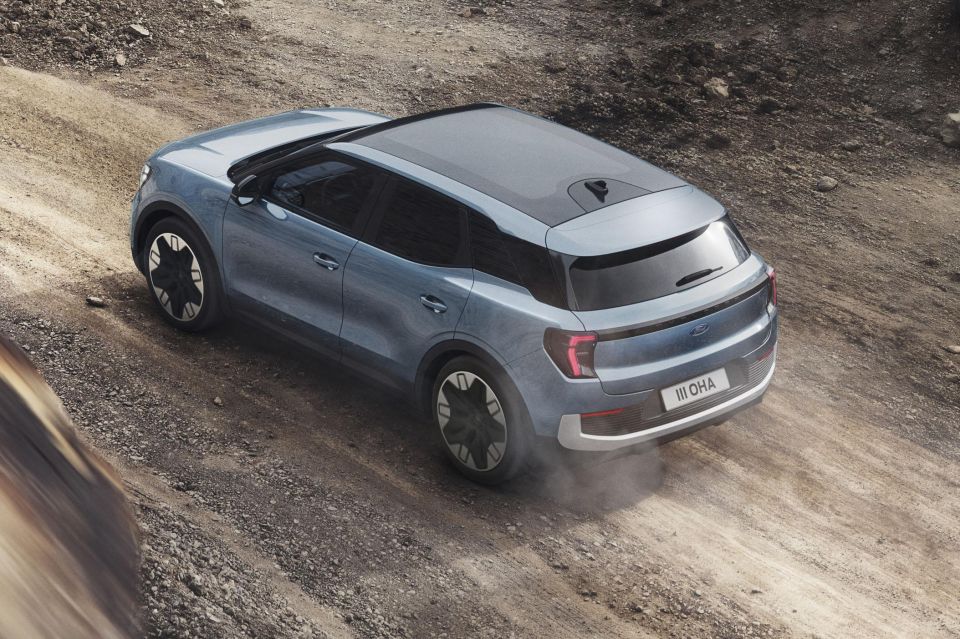
Pricing for the Euro Explorer will begin from below €45,000 ($72,800) in some markets, although initial production will be centred around more expensive variants, and pricing for those models has yet to be revealed.
When the base model becomes available, the new Explorer will be significantly less than the €62,900 ($102,000) starting price for the Mustang Mach-E in Germany, and almost half the price of the €86,490 ($140,000) current Explorer Plug-in Hybrid.
For further perspective, the 100mm longer, but probably less spacious, Ford Kuga — known as the Escape in Australia — begins at €36,250 ($58,700) in Germany.
As for its platform-mate, the ID.4, German pricing begins at €46,335 ($75,000).
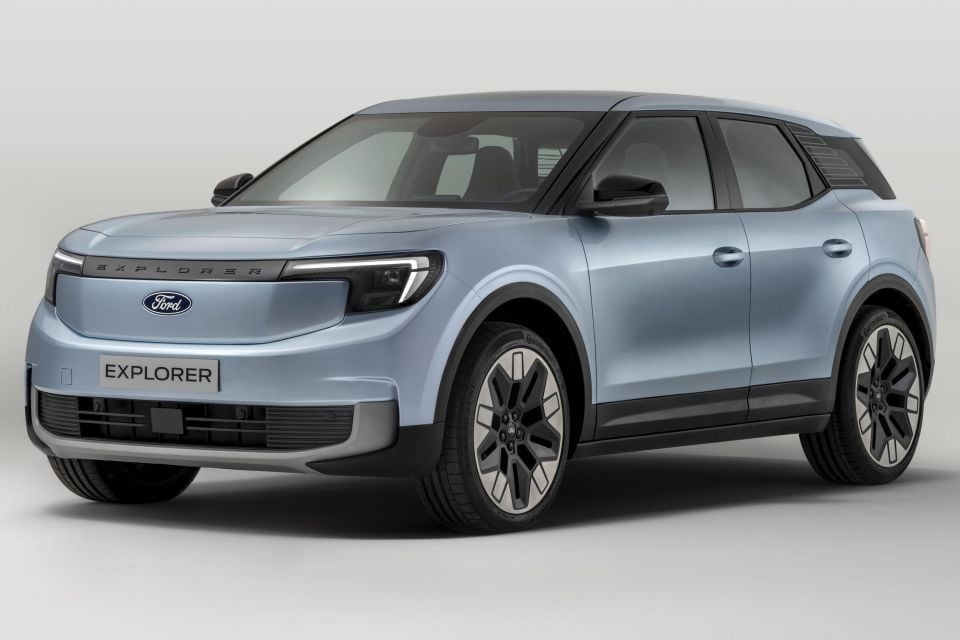

Although it wear the famed Explorer badge, the new Volkswagen-based model is completely unrelated to the US-focussed model.
The American Explorer measures 5.05 metres long, and is available with V6, and turbocharged four- and six-cylinder engines. With medium and large crossovers dominating the US market, its future seems assured.
A plug-in hybrid version of the US Explorer is currently sold in Europe, but hasn’t been a huge sales success, and it will be withdrawn from the market before Explorer EV deliveries begin at the start of 2024.
Where expert car reviews meet expert car buying – CarExpert gives you trusted advice, personalised service and real savings on your next new car.
Derek Fung would love to tell you about his multiple degrees, but he's too busy writing up some news right now. In his spare time Derek loves chasing automotive rabbits down the hole. Based in New York, New York, Derek loves to travel and is very much a window not an aisle person.


William Stopford
16 Hours Ago


Josh Nevett
17 Hours Ago


Ben Zachariah
1 Day Ago


CarExpert.com.au
2 Days Ago


Damion Smy
2 Days Ago


Damion Smy
2 Days Ago